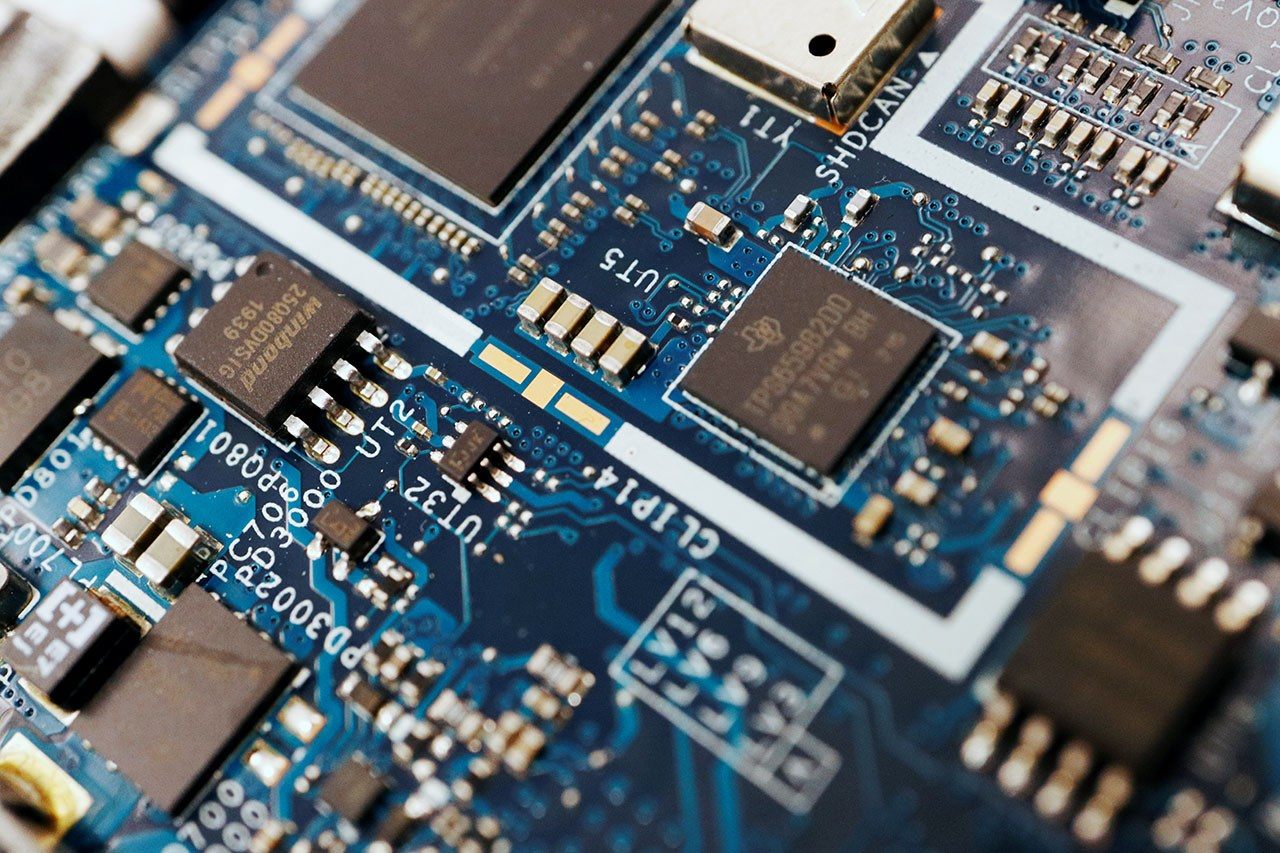Japan Chipmakers to Invest Over 5tn Yen in Production Race
Eight Japanchipmakers, including Sony and Toshiba, will invest more than 5 trillion yen to boost production, expecting to regain their edge in cutting-edge products and revitalize the Japanese chip industry.
Japanese media reported that Japan's eight semiconductor giants developed FY2021 - FY2029 investment plan, is expected to invest more than 5 trillion yen during this period, to improve the power devices and image sensors (CIS) production, revitalise the Japanese chip industry.
It is understood that the "Big Eight" for Sony, Mitsubishi Electric, Rohm, Toshiba, armour, Renesas, Fuji Electric and Rapidus, they will strengthen the power semiconductors, sensors, logic chips, and other products to invest, because it is critical to artificial intelligence, electric vehicles, carbon neutral and other fields.
Japan's Ministry of Economy, Trade and Industry (METI) has set a goal to increase sales of domestically produced semiconductors, including those made by foreign companies such as TSMC, to more than 15 trillion yen by 2030, three times the 2020 level.
In order to reach this goal, the Japanese government is actively supporting the construction of production capacity by companies.
Up to now, the Japanese government has allocated 3.9 trillion yen for the FY2021 - FY2023 subsidies, of which 3 trillion yen will be used to subsidise the major chip companies at home and abroad, this 3.9 trillion yen subsidy amount of GDP ratio in the developed countries in the forefront. The government will provide about 1.5 trillion yen of the currently planned 5 trillion yen investment.

Sony Group is understood to be investing around 1.6 trillion yen in FY2021-FY2026 to expand production of image sensors, with product applications expected to expand to autonomous driving and factory and shop monitoring due to strong demand for products such as smartphone cameras. The company also built a new factory in Nagasaki Prefecture in FY2023 and announced plans to build a new factory in Kumamoto Prefecture, both located on the main island in the southernmost part of Kyushu.
Mitsubishi Electric, which aims to increase its capacity for silicon carbide power devices to more than five times its FY2022 capacity by FY2026, also plans to invest 100 billion yen in a new plant in Kumamoto Prefecture. Kei Uruma, the company's president and chief executive, said, "We will build an architecture comparable to Infineon Technologies in Germany."
Toshiba and Roma's investment is also focused on the power device sector, with the two companies investing a total of about 380 billion yen, with a joint eye on expansion in the AI data centre and electric vehicle markets. Toshiba will boost silicon power semiconductor production capacity at its plant in Ishikawa Prefecture, central Japan, while Rohm will expand production of energy-saving silicon carbide power devices at its plant in Miyazaki Prefecture, Kyushu.
In the field of artificial intelligence logic chips, Rapidus aims to produce cutting-edge 2nm wafer products, and a prototype production line costing 2 trillion yen will be put into operation in Chitose, Hokkaido, in April 2025, with mass production planned for 2027, with the possibility of increased capital investment in the future. It is understood that the Japanese government has decided to provide, 920 billion yen for the project, including research and development costs.

Japan once dominated half of the global semiconductor market in 1988.
However, since the 1990s, South Korean and Chinese and Taiwanese companies have been supported by huge government funding, which has led to their dominance; after losing the investment race, Japanese companies withdrew from the development of cutting-edge technologies one after another in the early 2000s, leading to a market share that fell below the 10% mark in 2017; and although it has recovered slightly after seven consecutive years of decline, sales in 2023 will account for just 8.68%.
Around 2020, the Japanese government has designated semiconductors as a key material for economic security as tensions between the US and China intensify; and the supply chain disruption caused by the new crown epidemic has heightened uncertainty over domestic chip productivity, and they determine the competitiveness of the country's digital industry.
A survey by Japan's Ministry of Finance shows that capital investment in the communications equipment industry, including semiconductor manufacturing, has grown by 30% in five years to reach 2.1 trillion yen by FY2022. Chipmakers' share of overall manufacturing investment has risen from 11% to 13% over the same period, making it the third-largest area of spending after transport machinery (15%) and chemicals (14%).
The market share of Japan-based semiconductor manufacturers (by sales) was 8.68% in 2023, up 0.03 percentage points from 2022 and the first increase in seven years, according to UK-based research firm Omdia.
Akira Minamikawa, senior analyst at Omdia, said, "With this largest investment in Japan's history, semiconductor production by Japanese firms will continue to grow and market share will continue to pick up after 2024."
·Original
Disclaimer: The views in this article are from the original Creator and do not represent the views or position of Hawk Insight. The content of the article is for reference, communication and learning only, and does not constitute investment advice. If it involves copyright issues, please contact us for deletion.